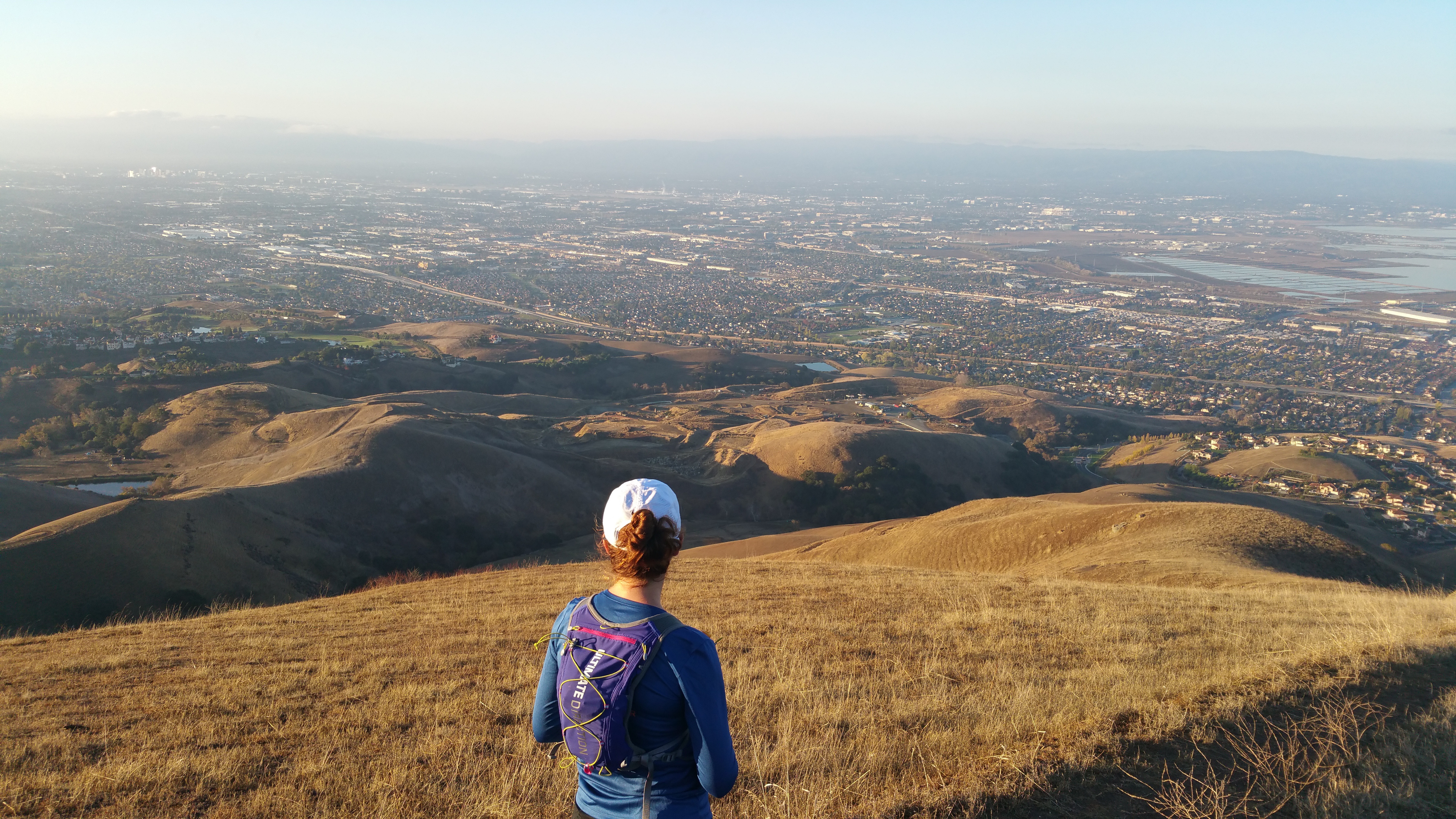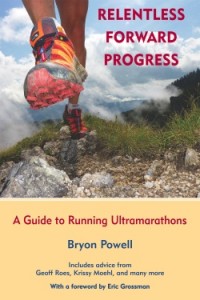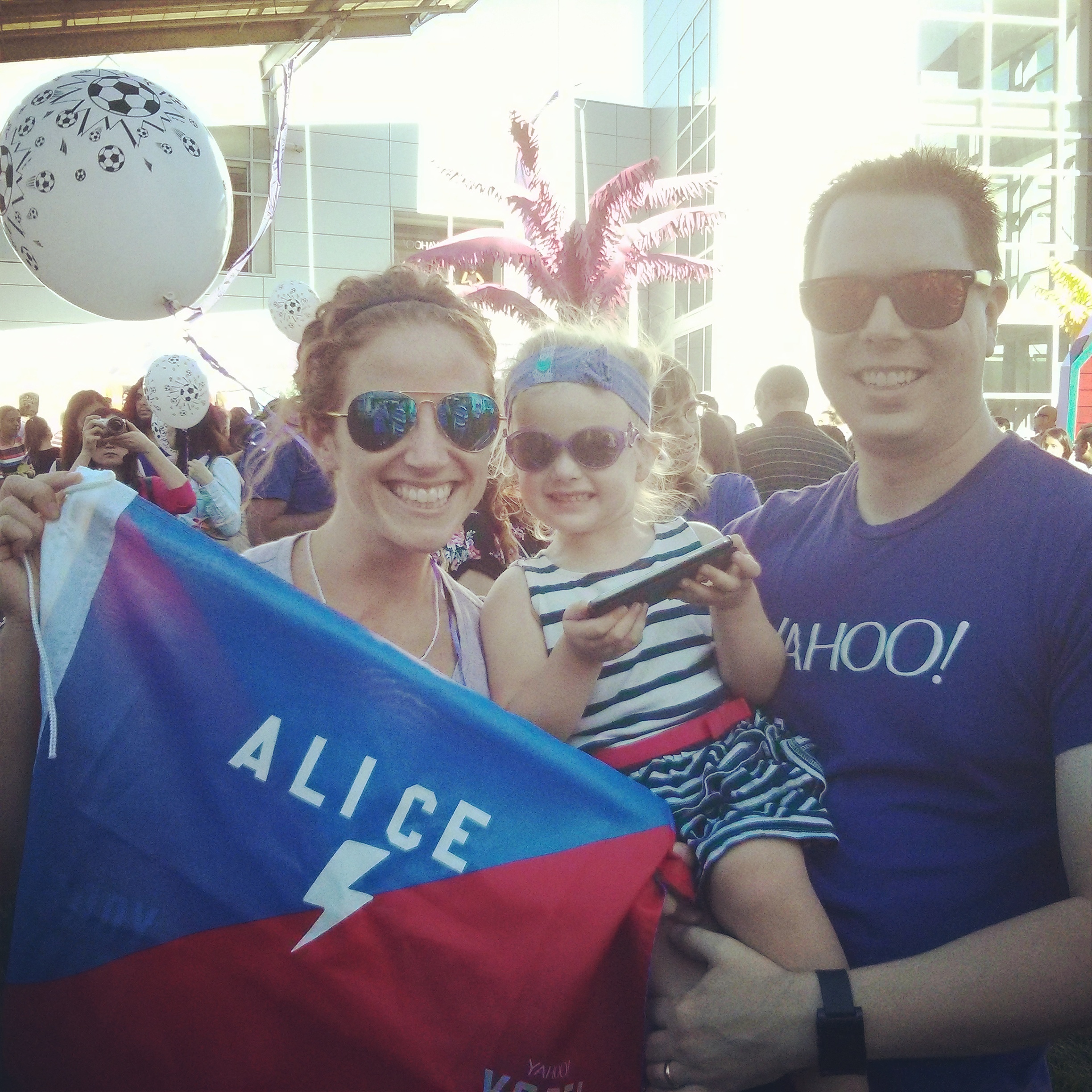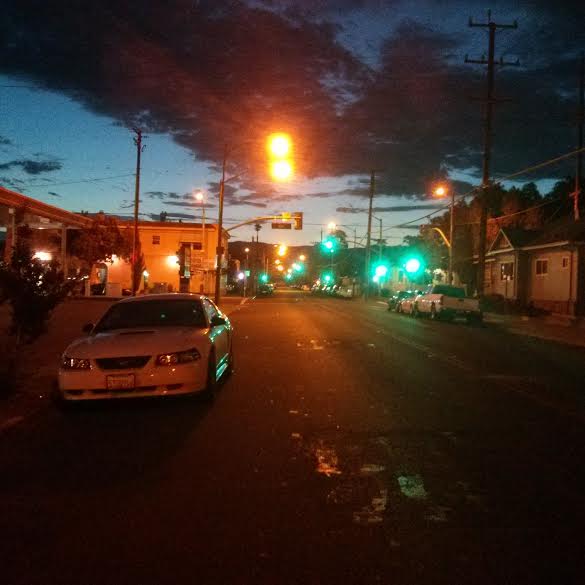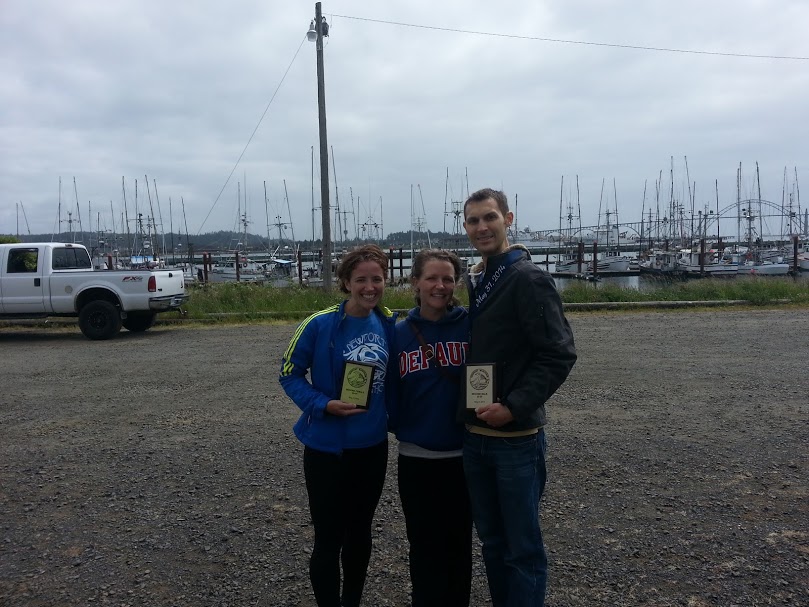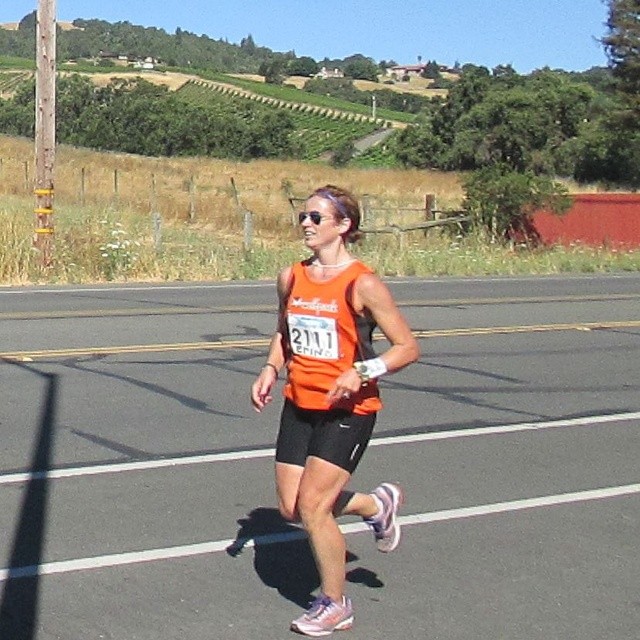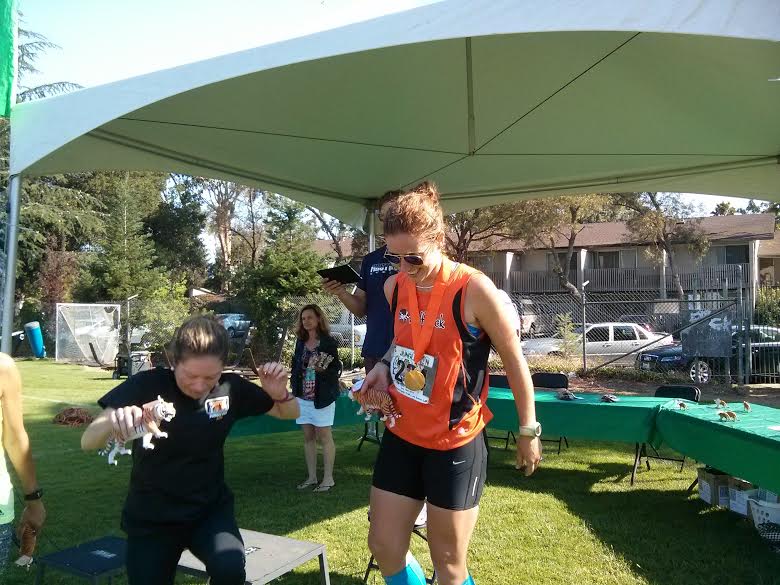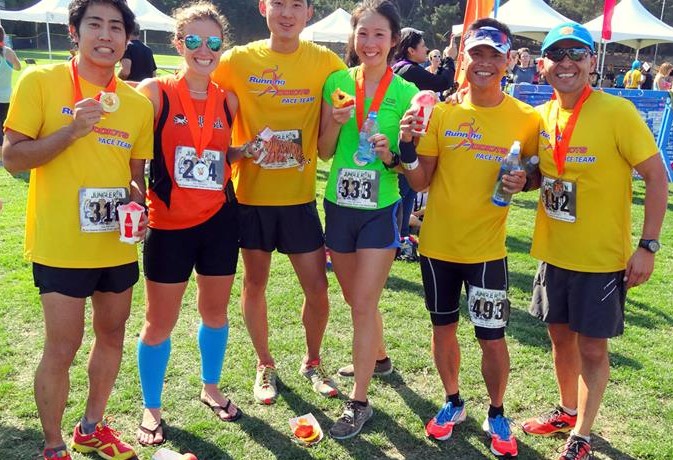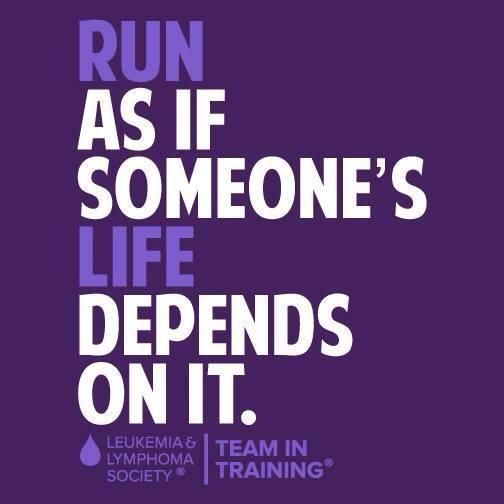what I can tell you about 50k training so far
November, heyyyyyyyyyyyyyyy!!
Things have been movin’ around here, though my relative dearth of posting might indicate otherwise. By now, we’re just about five weeks out from the Woodside Ramble 50k on 12/14, my target race for the autumn (winter? It’s in December…), and while I haven’t nearly talked as much about my training for this race as I have for any of the previous marathons this year (Oakland, Newport, SF, Santa Rosa 3:35 pacing), things still have been full-throttle in these parts.
When I began training this cycle–one in which I can’t really pinpoint a beginning… after the Santa Rosa Marathon pacing gig? after San Francisco in late July? something around those parts–things were a little screwy. I knew that there were generic 50k plans out there because I had read and researched tons of them, but I didn’t find one that I was super keen on; though I haven’t yet done a 50k, for some reason, I was convinced that every sample plan I had come upon was grossly inadequate or wrong. For my first few weeks, I made all of my runs time-based: 50 minutes here, 120 minutes there, 100 minutes here, whatever. I quickly discovered that I really didn’t like training in this way, probably just because the mileage became too unpredictable, and the unpredictability threw off my long-term, week after week, month after month training schedule that I was patching together. To be sure, I can cover significantly more mileage in 120 minutes on roads than I can on trails, so I quickly scraped those plans, read Relentless Forward Progress, and based the remainder of my training on that book’s generic 50k plan.
Now, as we’re just a few weeks away from beginning to taper down for the 50k in Woodside, I thought delineating how this training (so far) has mirrored or differed from marathon training could make for an interesting discussion. Of course, your mileage may vary–quite literally–depending on how you train for marathons or 50ks, so don’t take my words as gospel. Besides, unlike many other runner bloggers on the interwebz, I won’t feign expertise. 🙂 Seriously, do what’s right for you, and tell me all about it because I’m really intrigued.
Similarities
1. Mileage is my BFF…still. Ever since my Eugene ’13 training, when I began following a Pfitzinger 55/12 plan (and later bumped that to 70/12 for Chicago, NYC, and all of my subsequent 2014 marathons), I have very strongly believed in the benefits of fairly high mileage for me. Prior to 2013 (and really, prior to having my daughter in 2011), most of my long runs would top out at 20 (and I’d only post 1, maybe 2 20s per cycle) and my weekly volume wouldn’t go beyond 50. Really, since early 2013, it has become standard fare for me to go longer (farther) more often and to somewhat habitually average at least 50/55 mpw and peak around 70-75. Going into 50k training, then, it’s really been much the same in terms of volume; the biggest difference has been back-to-back long runs (like doing 22 on Saturday and 12 on Sunday, 24-12, 18-10, 20-13, whatever, ensuring that one is on roads and the other, trails). RFP maintains that you can run a 50k on <55 mpw, and I’m sure some people do, but for me, I honestly think I run better when my volume is higher. Naturally, this depends on you as a runner, your history, your injury propensity, and all those extremely important variables–in other words, if you haven’t been running, please don’t go drop a 75 mile week and a substantial weekend double–but this seems to jibe with me. For 50k training, higher mileage coincides with acclimating your body to run through fatigue (which is also a cornerstone of Pfitzinger’s philosophies with his training), so fortunately, my body already knows what this type of fatigue-based running feels like and how to navigate it appropriately.
2. Figuring out how to eat on the run is critical. Another lesson from marathoning that has had transferable effects. In marathons, I basically rely on AccelGels for my on-course nutrition, and whatever real food that I can grab (bananas, oranges, any real food that’s vegetarian) and fluids simply supplement the calories my body can quickly derive from the gels. Literally everything I’ve read regarding ultra training, and every bit of advice I’ve gleaned from experienced ultra runners, all point to the necessity of figuring out how to fuel on your runs (and thus, in your ultra) so you don’t completely crash and burn. A key difference in ultras, of course, is the slower paced running compared to road marathons, so it’s not uncommon for ultra races’ aid stations to be stocked, Old Country Buffet-style, with tons and tons of real food offerings. Can you fathom how your stomach would feel if you ran 31+ miles on nothing but gels, electrolyte-rich sugary beverages, and water? vom. During this training, I have stuffed a ton of food (super salty pretzels, pepitas, pb bagels, and more) into my UD vest so I can experiment with eating on the run (literally) and figure out what my body can quickly digest and absorb and what it, uh, quickly drops…
3. It’s always funner with another. Absolutely. If I’m running 24 and a friend is running 16, I can guarantee you that I’ll figure out a way to work the logistics so I spend as little time running by myself as possible on those long runs. On average, 5 of my 6 weekly runs are sola, so I treasure the company when I can get it. It’s the same as marathon training (or probably with any type of running)–it’s more fun with a friend.
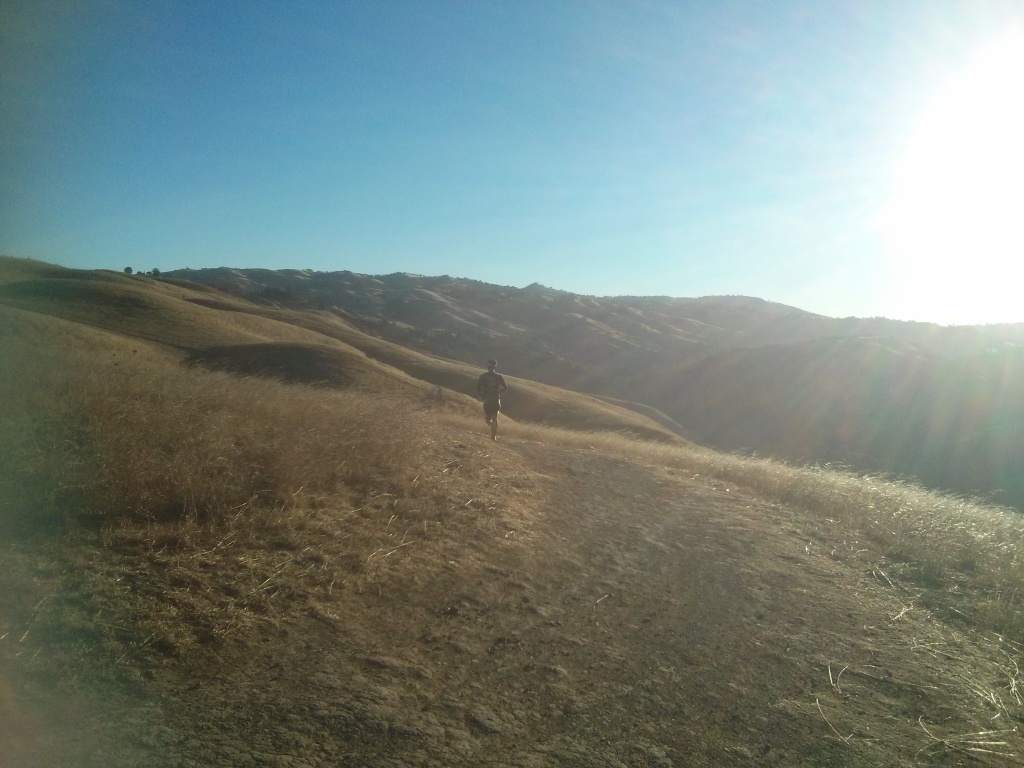
Differences
1. Difference type of event = different type of speed. It all depends on whom or what you read, but some folks maintain that still doing straight-up formal speed stuff for ultra training, the same type of stuff that you’d do for marathons (tempos, threshold, intervals, repeats, and such) is necessary. Others say the opposite. For me, for my first 50k, I’ve not done a lick of formal marathon workout-based speedwork but instead, throw in stuff like hill repeats or hill sprints on trail runs, pick-ups/strides on GA runs, or GMP miles whenever I want to run in a different gear. My thinking is that if I choose to do another 50k in the future, perhaps I’ll incorporate a more formal speedwork regiment, but for this first iteration, I’m more concerned about time on my feet, which brings me to…
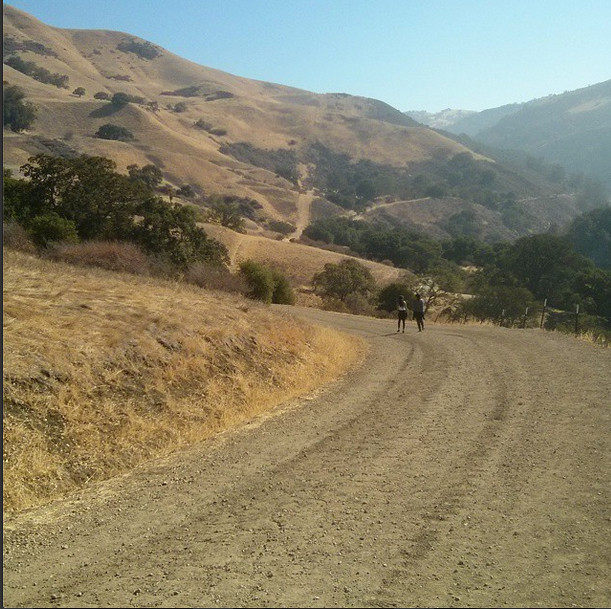
2. Time on my feet reigns supreme. The most significant area where this differs from my way of training for marathons is in my long runs. During marathon training, it’s normal for me to make most of my LRs into progressions, with mileage sometimes changing from recovery-GA-GMP or down from recovery-GA-GMP-HMP-10kRP or some other variation. With this 50k training, though it has been challenging to specifically **not** make my LRs into big cut-down runs, I’ve deliberately chosen to make nearly all of them as comfortable (think: recovery or GA-paced) as possible to maximize the amount of time I am spending on my feet (again… fatigue-based training). I read somewhere that for ultra training, pretty much all of your runs should be at a very conversational, low heart-rate pace, so that’s what I go for. If I can run 20 miles in 8:50s or in 8:00s, for 50k training, I’m going for the 8:50s, but for marathon training, I’d surely be after the 8:00s. Of course, this all depends on the terrain of where I’m running (because believe me, a ‘recovery’ pace on roads can feel like all-out sprinting on some of these trails here!), so again…. your mileage may vary. This is just how I’ve been doing things.
3. Trails, climbs, views, and learning how to walk. Kinda weird to say that I’ve needed to learn how to walk because, well, I’m in my third decade of life, but with ultras, pretty much all but the pros walk at least some during the race. Just like road races though, trails/ultras still have time standards, so learning how to walk efficiently (read: with a purpose) is critical. If a climb warrants a walk, I’ve had to learn how to hike the thing instead of just meandering, as I’m probably more wont to do (hey look! a pretty flower! wow, look at that view! and oh, what’s this?! oh nature, you’re so lovely, swooooooon…). And, naturally, since this 50k I’m doing is on trails, I’ve made it a point to make nearly a third of my weekly volume be trail-based each week… specificity FTW, my friends. Running trails has its benefits though, and while the work might be significantly more than on roads, even with the slower paces, fuckin’ A if the views don’t compensate for the air-sucking ascents and the seemingly out-of-control descents.
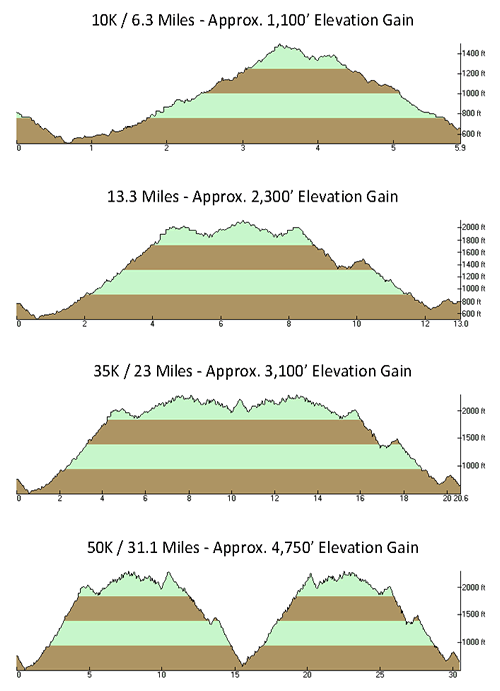
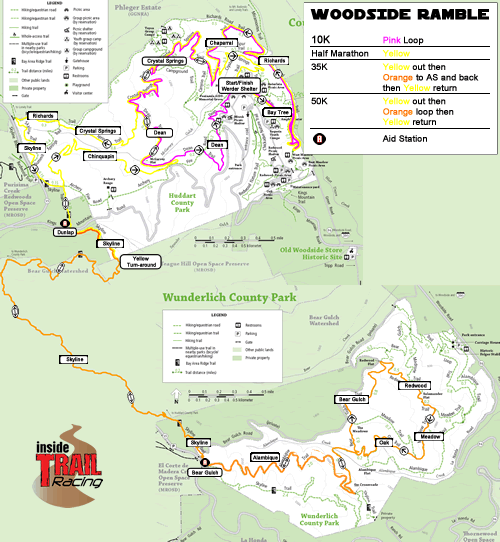
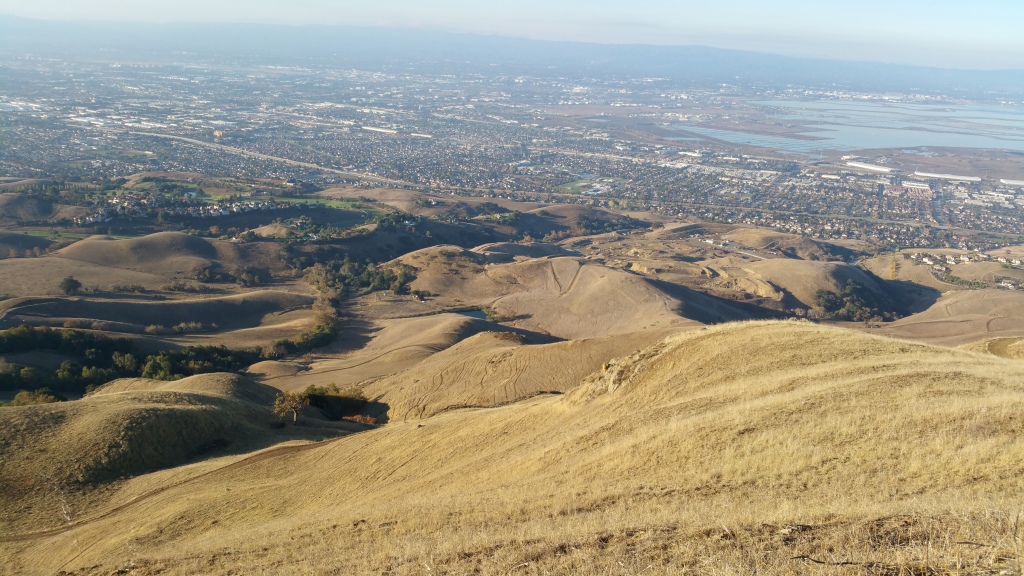
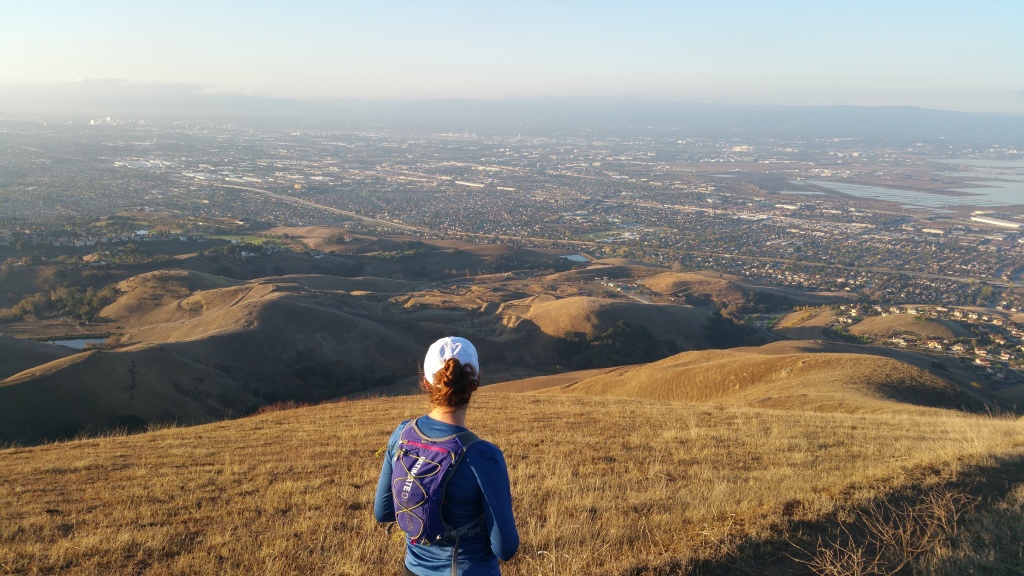
I’m sure there are other things that I’m forgetting in this quick and dirty list, but as an exclusive road racer (and marathoner) before this training cycle, let me assure you–if you’re thinking about going for your first trail race, or training for your first 50k, you absolutely, totally should. It might be premature for me to say that, seeing as how I’ve actually not done my event, but details… And! If you live in a place that makes it nearly impossible to run trails in the winter, you have a friend in the fine state of California, where there is no shortage of trails and races available year-round. 🙂
What differences have you noticed in your training for roads versus trails-based races? Which is your preference?
